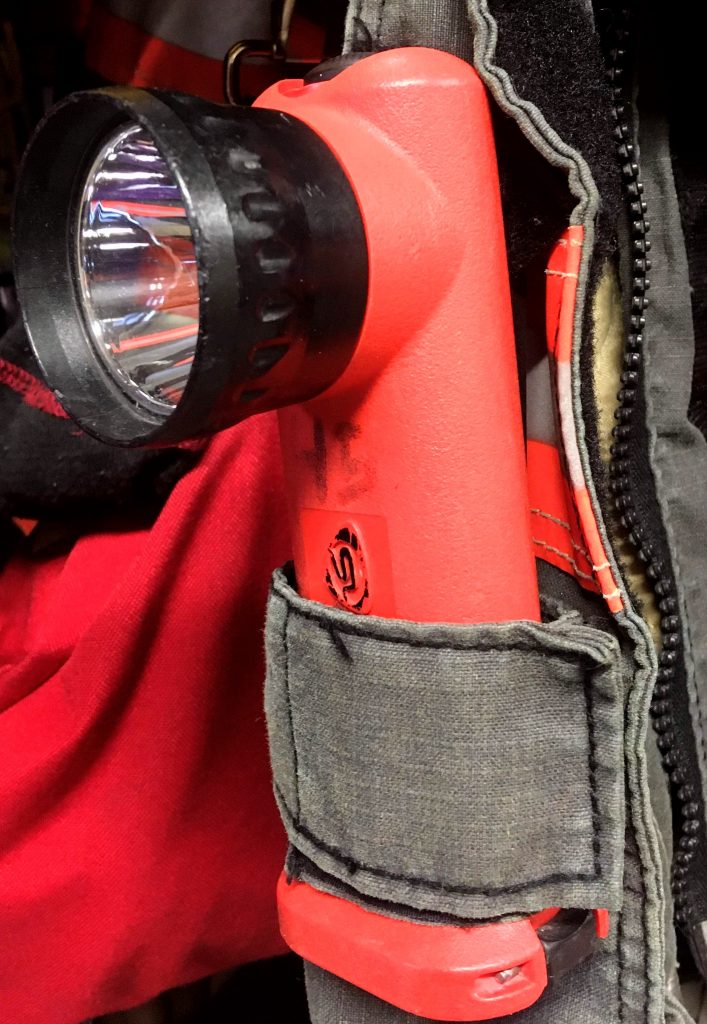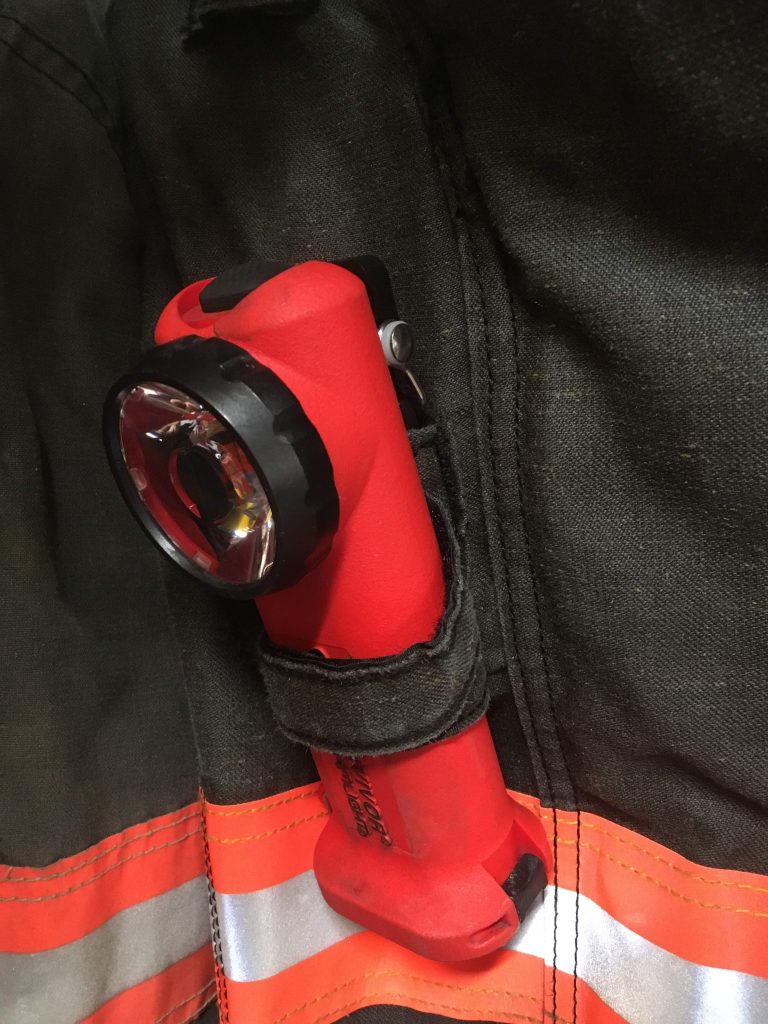
It’s 90 degrees!
Alright, that was bad, even for me.
I’ll give you a moment to recover from that, and take that time to say I’m actually interested in talking about 90 degree (or right angle) flashlights today. Coincidentally, they’ve also got some important temperature-related features, namely the capacity to operate at temperatures substantially higher than 90 degrees Fahrenheit – specifically, the 500F (260C) operating temperature required by NFPA 1971, 8.6.
Yep, these are firefighter flashlights.
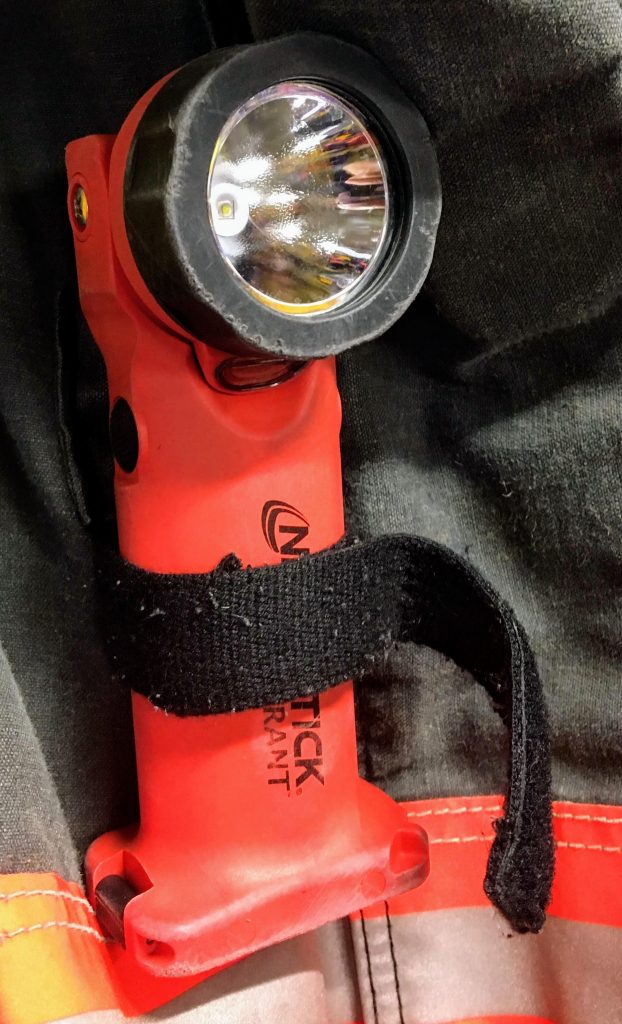
As you can see here, we know how to accessorize at my department!
But seriously, I’ll be talking about the Nightstick “Intrant” as compared to the Streamlight “Survivor” right angle lights. We were a Streamlight department for a while, but recently we have started issuing Nightstick products, so now seemed to be an opportune time to compare the two.
First, you have to realize there are a few generations of the “Survivor” light.
The older version is inarguably larger and more bulky than the Intrant, as you can see above.

There was also an ill-advised (for the fire service anyway) attempt at a pivoting head on these lights called the “Knucklehead”, which should be the pejorative applied to the person who thought strapping this pig to your chest and moving around in a fire was a good idea. It also has a magnet because reasons.
To be clear, the Knucklehead above was a neat idea for other applications, but for the fire service it just didn’t fit the set of needs we have, and ended up being comically bulky as well as unwieldy.
For context, you can see below how a standard light is worn – with the Knucklehead, it got caught up in the SCBA air hose (the thick, black hose line you can see below), and/or had limited mobility (its primary advertised feature) because the air hose was in the way. With certain individuals’ dimensions/body size (mine, for instance), a similar issue can be experienced with the older Streamlight product, where the air hose gets caught up on the light.

For that (and other) reason(s), some (like yours truly) take to wearing their light upside-down like this:
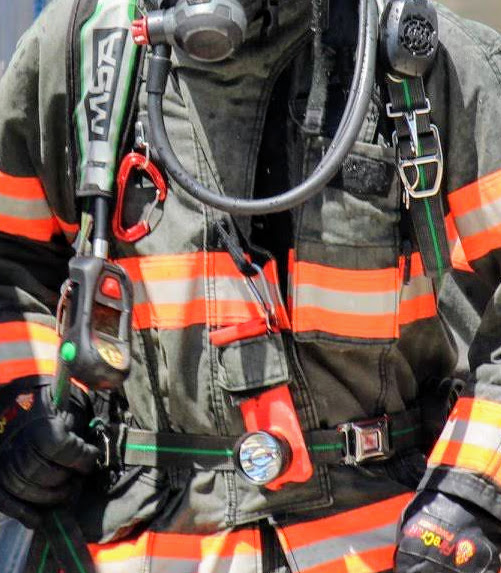
Better than upright, but maybe not how it’s designed to be used. I personally have issues with my light sporadically turning off – I suspect it’s because the springs internal to the light aren’t meant to retain the battery pack contacts upside-down, and separate when enough of a “bounce” is applied. Annoying, but mostly tolerable.
The other advantage to wearing the light this way is it can be disconnected from the Velcro strap (seen at the “top” of the light above) and pointed around to search, while remaining connected to the user (see the carabiner in the photo above).
Incidentally, if somebody’s willing to take a chance on a light actually designed to be used “upside-down”, I’d be eternally grateful, and more than happy to do some testing for them to boot. There’s a bit of a subculture in the fire service that wears lights this way.
Back to the comparison, the latest generation Streamlight is actually quite a bit closer to the profile of the Nightstick product, and is in fact even a bit more flat front-to-back, which is nice.
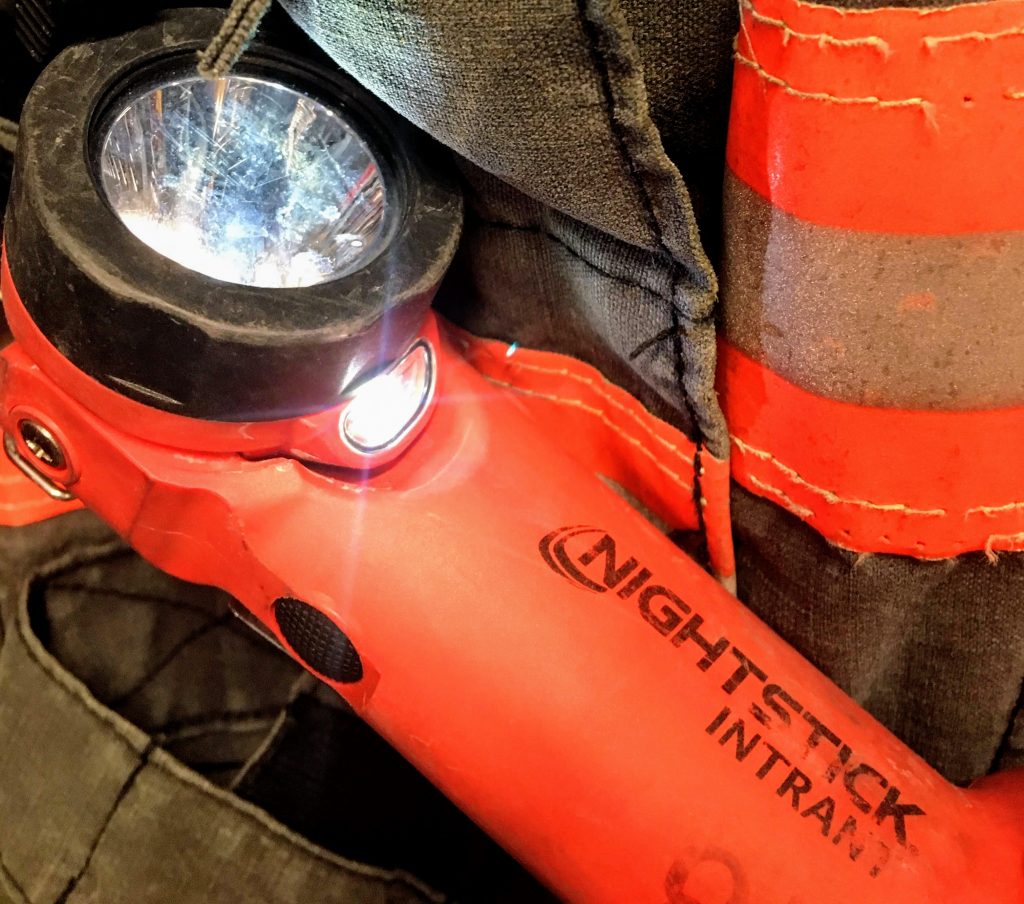
Overall though, there are two main things that set the Intrant apart – first, I’m a big fan of Nightstick’s “secondary light” paradigm, where they have a primary beam and a secondary flood on many of their lights, and this one is no exception. When worn upright, this light has a very nice “work area” flood feature that helps a lot in the fire service – we do a fair bit of face-to-face work, and it’s nice to have a floodlight that’s aimed downwards and doesn’t blind our fellows. In fact, I like this style of light so much that my backup light at work is also a Nightstick (one I wrote about previously).
Second, I’m also a big fan of the Intrant’s small-dimensioned metal clip as opposed to the bulkier plastic one on the Survivor. It saves bulk and I suspect it’ll be a bit longer lasting.

Other points of note: the Intrant has buttons on the sides, and its head pivots up and down, unlike the Survivor, which does not pivot and has its button on the top. I’m pretty neutral on both of these points – the pivoting isn’t really a killer feature to my mind, and the button placement is just something you need to be familiar with regardless of which tool you’ve got.
Just as a point of comparison, Pelican makes a right angle light as well – from photos, it appears a bit flatter than these two, but otherwise doesn’t look like it reinvents any wheels.
Interestingly, it has some downward-facing LEDs that are marketed as “path illuminators” but they don’t appear separate from the main beam control-wise. I have no hands-on experience with them, but if anybody has one of these (or any other lights) they want to send me, I’d love to get to play with one a bit!
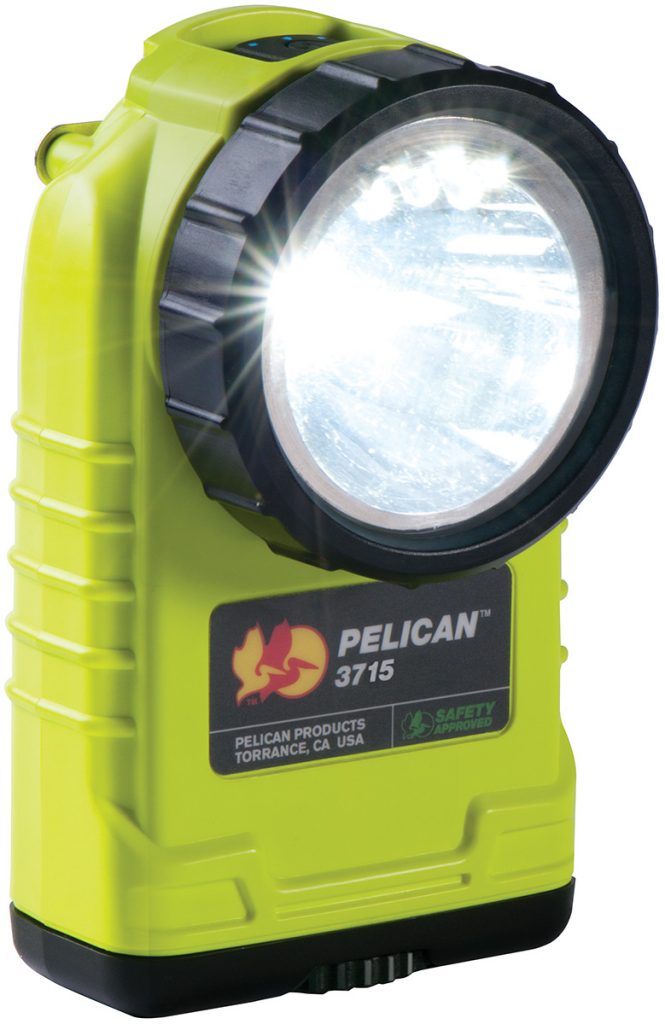
Overall, I’m fairly ambivalent to most of the differences between the two lights reviewed here, but I think the Intrant stands out for its overall size and its extra “floodlight” feature. I’m hoping my old Survivor dies soon and I can get an Intrant and report more back!
Until next time.
-T

